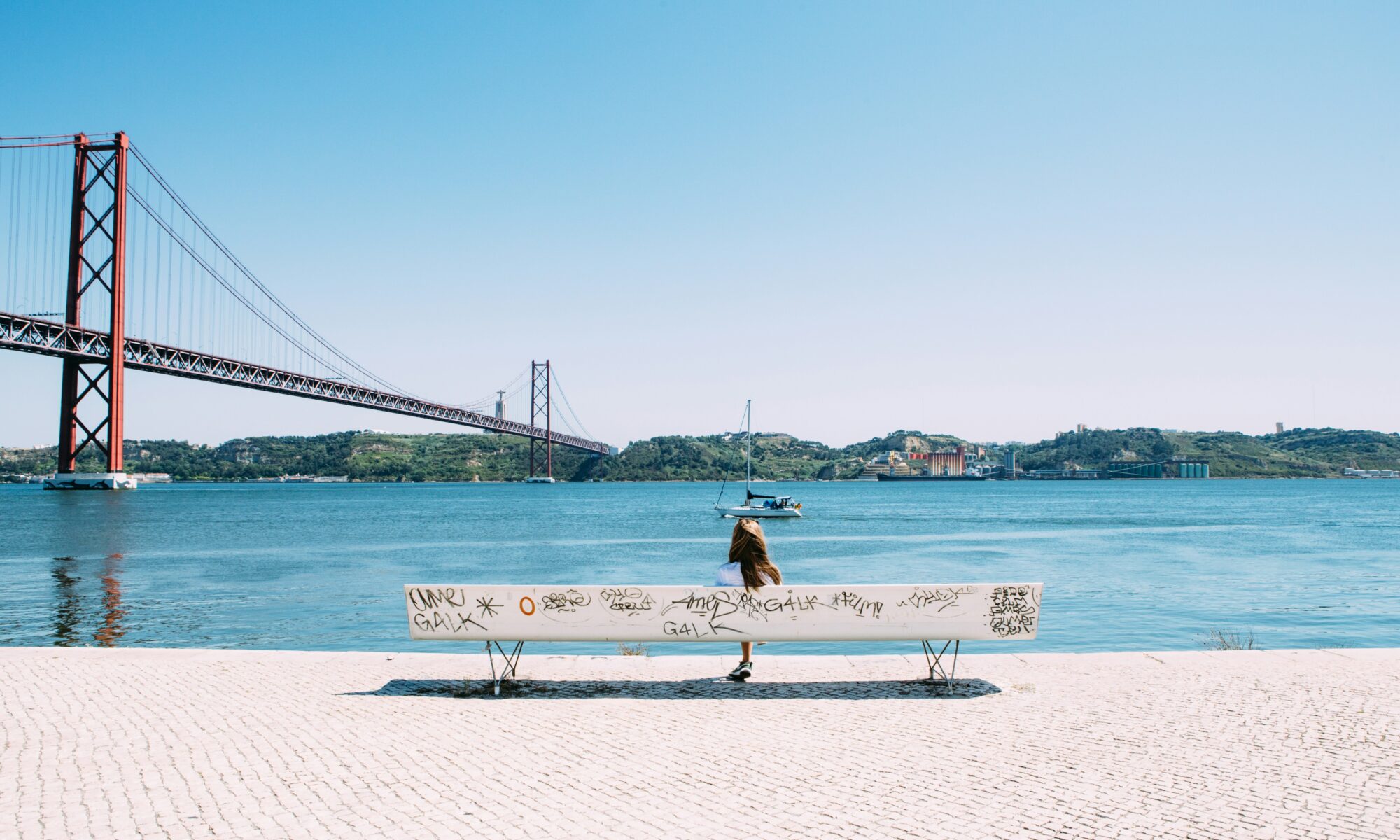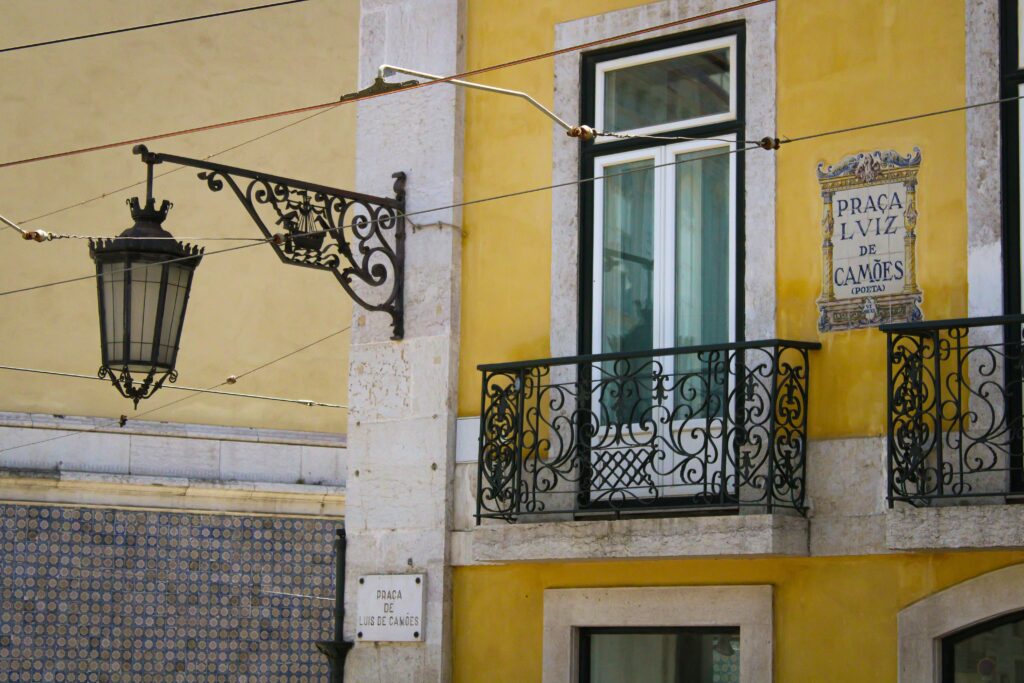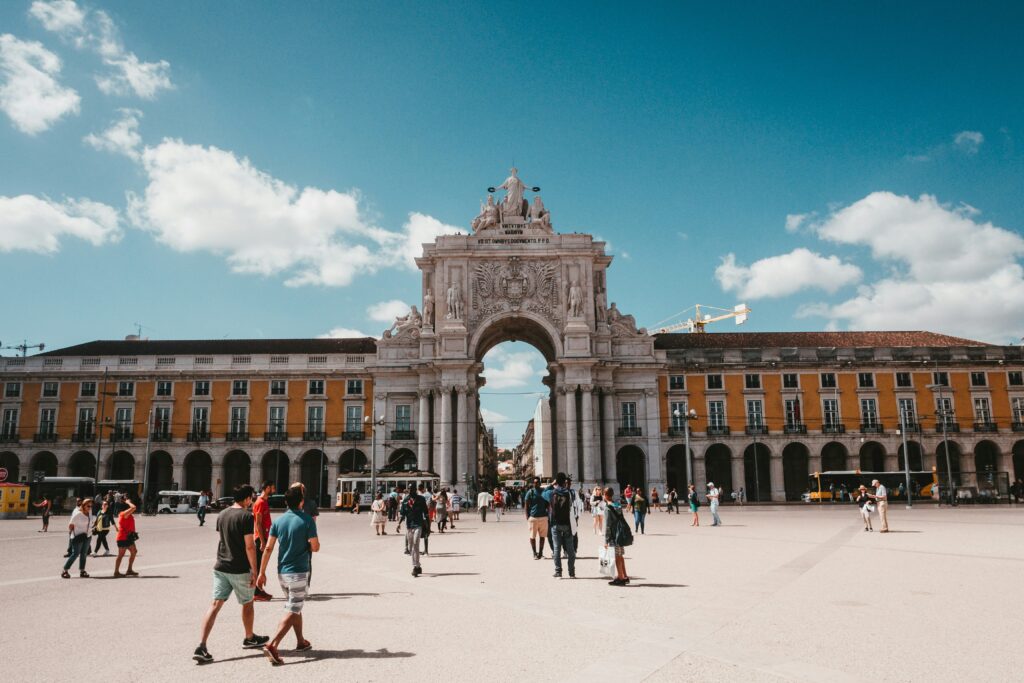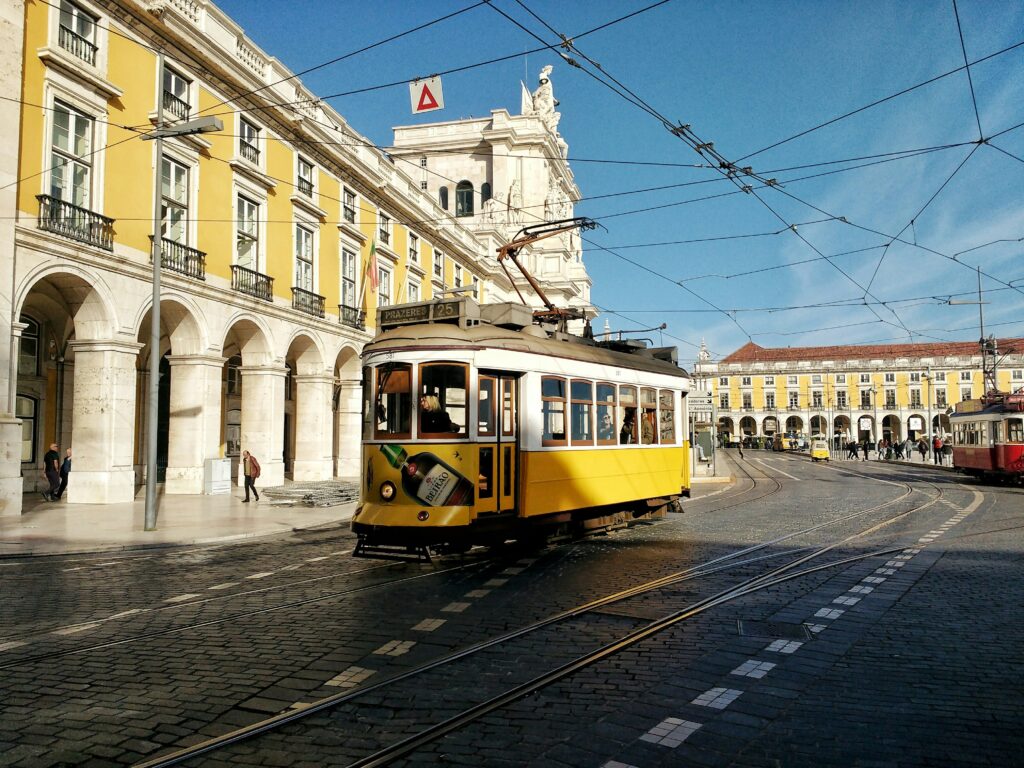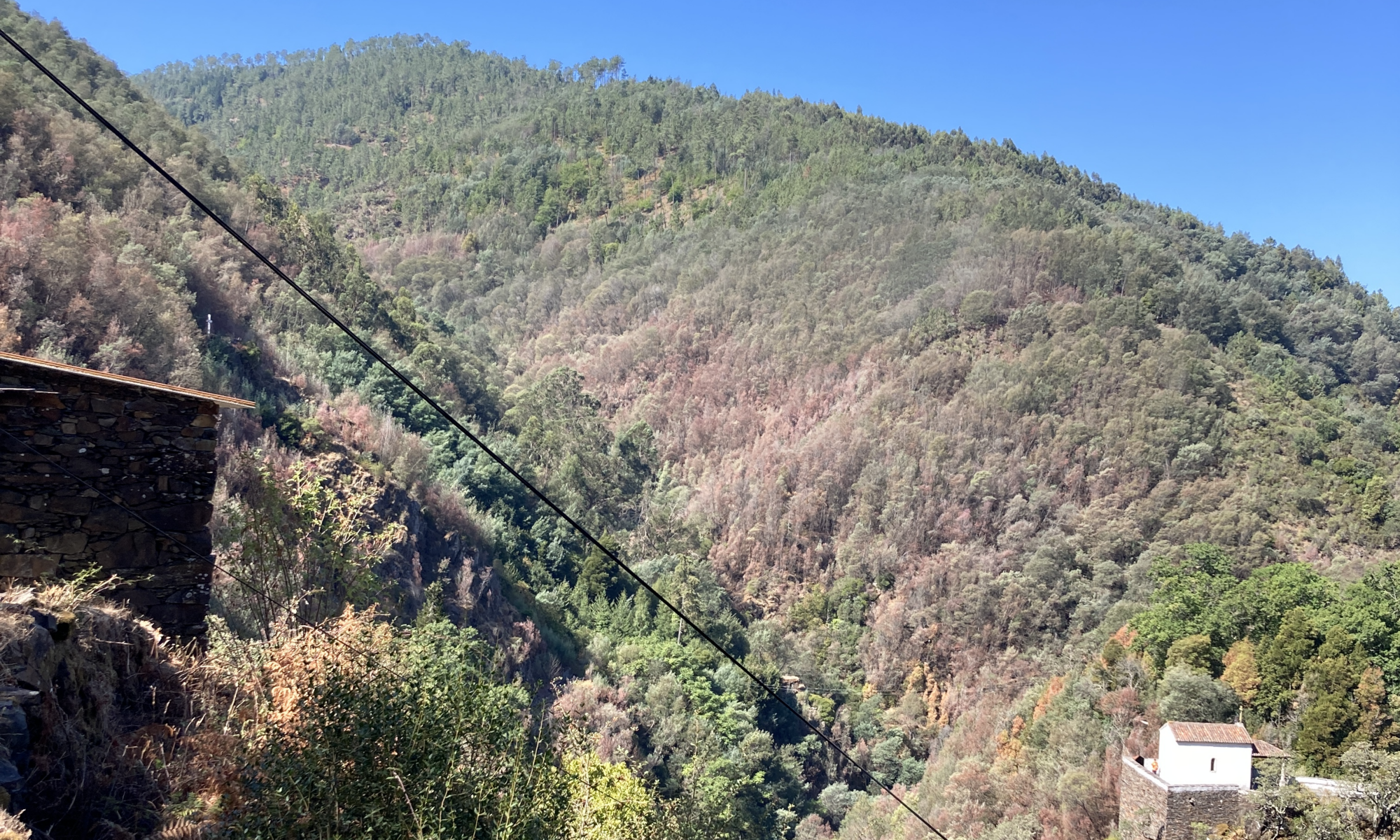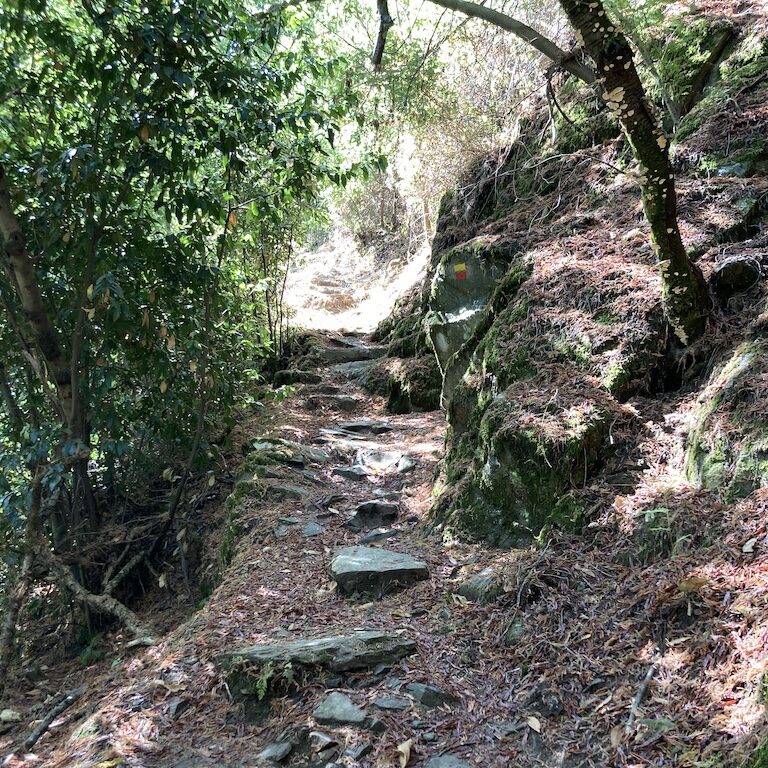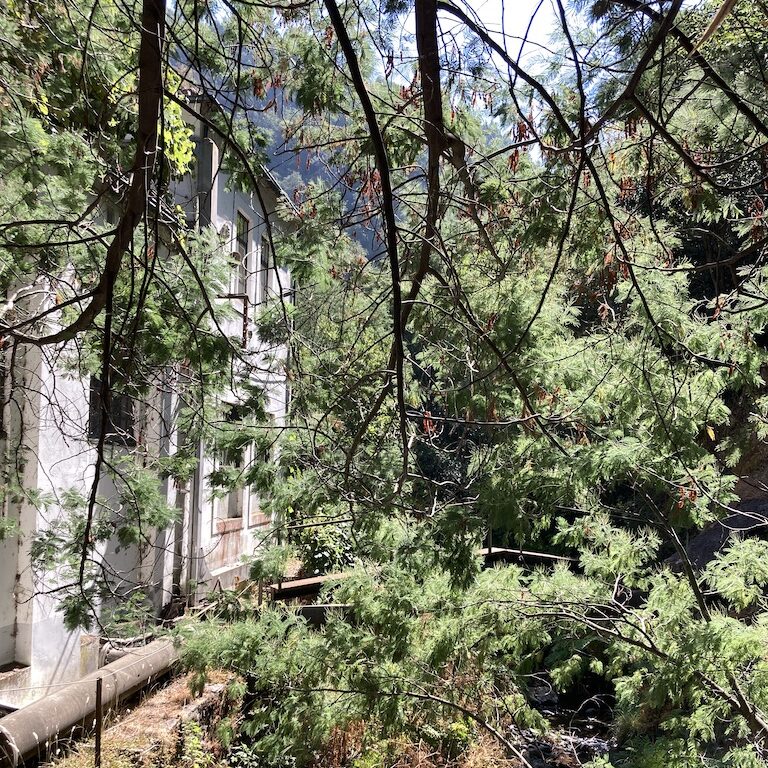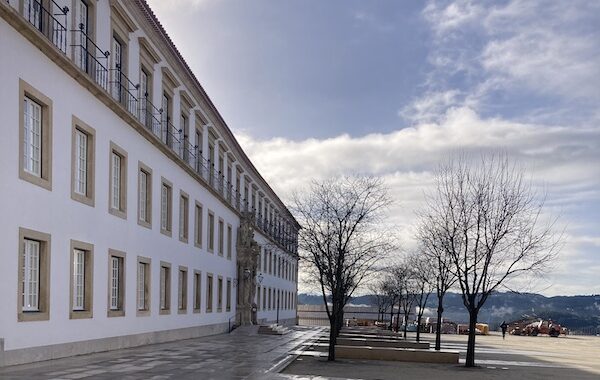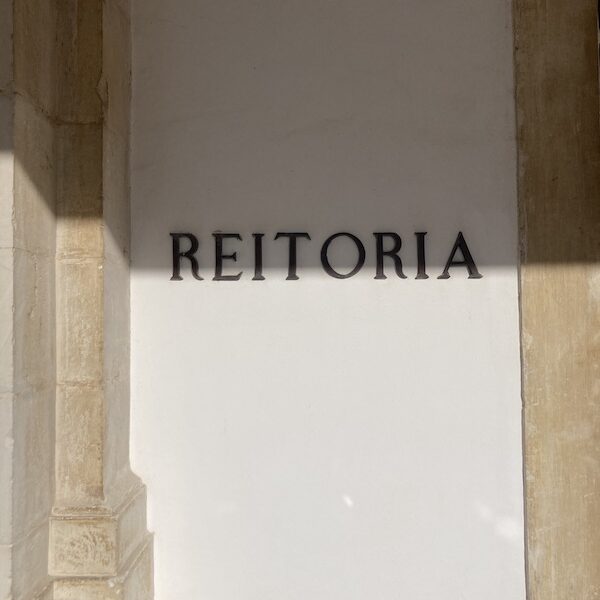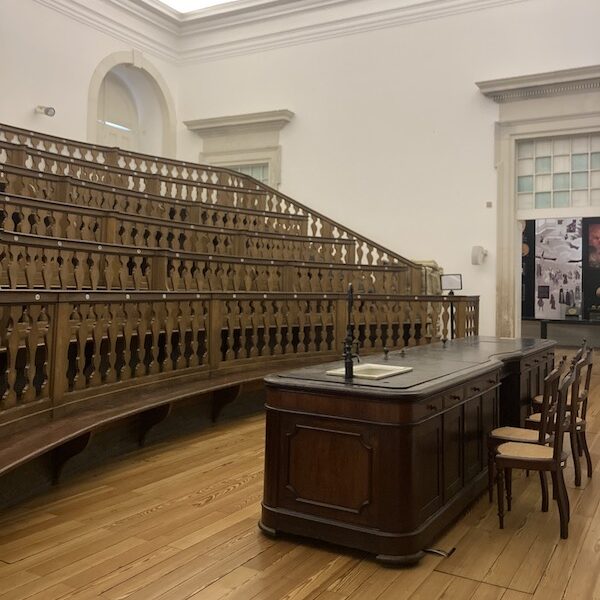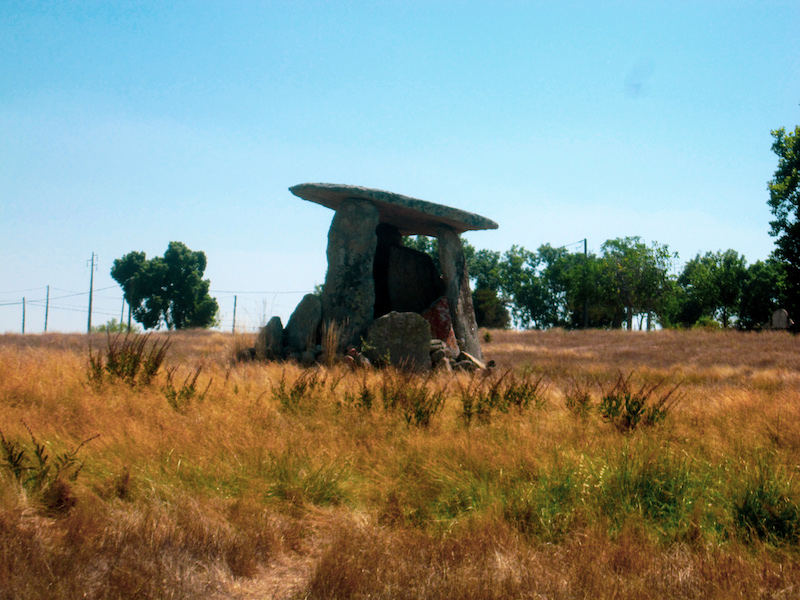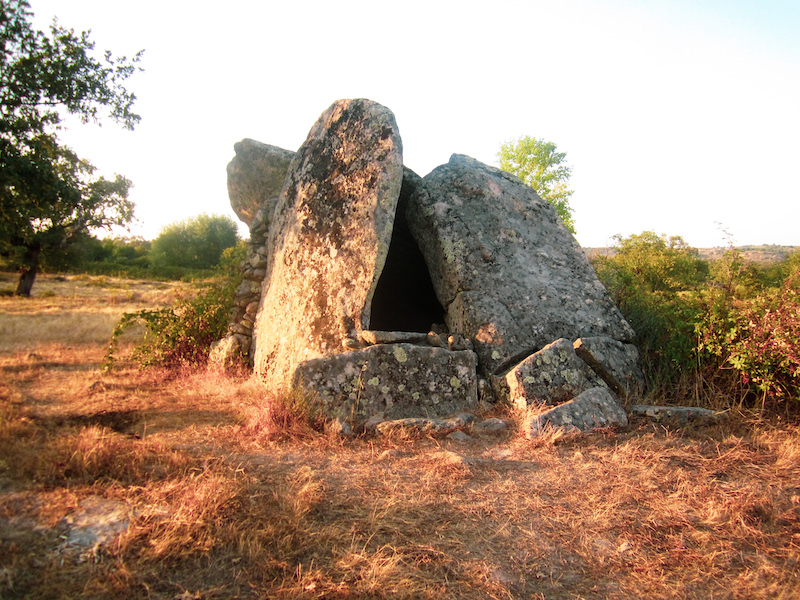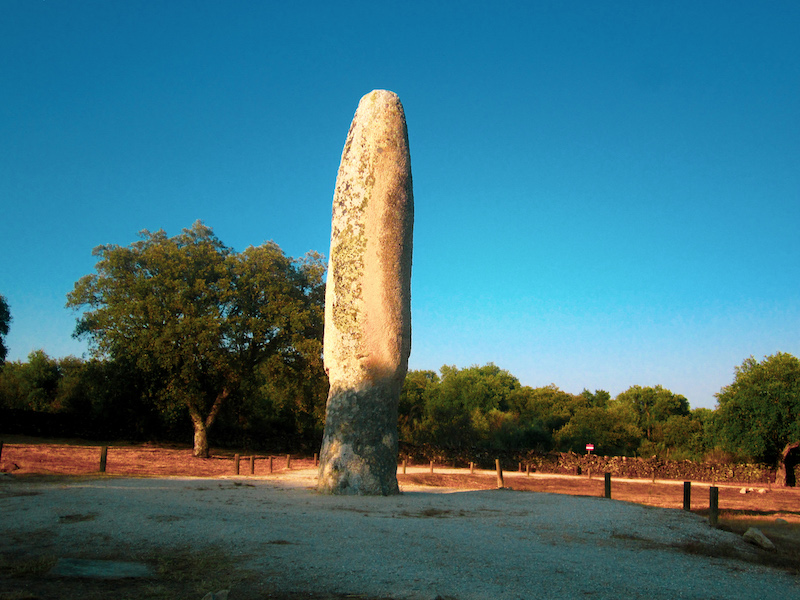The best plans are those that start off seemingly failed only to lead to incredible experiences that would otherwise have been lost. I drew this conclusion from the weekend I had organized to participate in an activity in a remote village somewhere in Serra da Estrela, a place I really wanted to go. I didn’t reach Serra da Estrela, nor did I participate in the activity, but I was welcomed by a very unlikely place that offered me the one thing I, unknowingly, really needed: peace of mind.
The week began with an invitation from the Parish Council of a small village in Serra da Estrela to participate in and write about the re-enactment of an ancestral activity, a way to preserve the knowledge of yesteryear and pass it on to the younger generation. This is the kind of work I love, where I anticipate talking to the elders and having the opportunity to gather countless stories and knowledge from the past. However, in the middle of the week, I received a message informing me that the activity would be postponed. My visit on that date no longer made sense.
In the meantime, I had already mapped out – and started – a two-day route to get there, with stops at other places I also wanted to visit. I usually take advantage of my work trips to organize small road trips and discover little secrets from my “wish to visit” list in the interior of Portugal.
Instead of feeling discouraged or thinking about giving up, I embraced the unexpected as an invitation to slow down, reduce the number of kilometers, and spend more time in the places I had only planned to pass through. I now had the best ingredients to let myself be dazzled: time and unpredictability.
I arrived at my first stop earlier than expected and, instead of settling in and preparing for a restful evening, I left the car, the backpack, the external demands, the shoes, and, barefoot, I started walking along the path, beginning right in front of the door of the little house that would be my shelter for the night.
Pracana Cimeira, in the municipality of Mação, in the heart of Beira Baixa, has a population of seven inhabitants. The paved road ends at the last house in the village, and all you can hear are the birds, the rustling of tree branches when the wind passes, and the water flowing abundantly from the village’s two fountains and the stream that invites us for a swim.
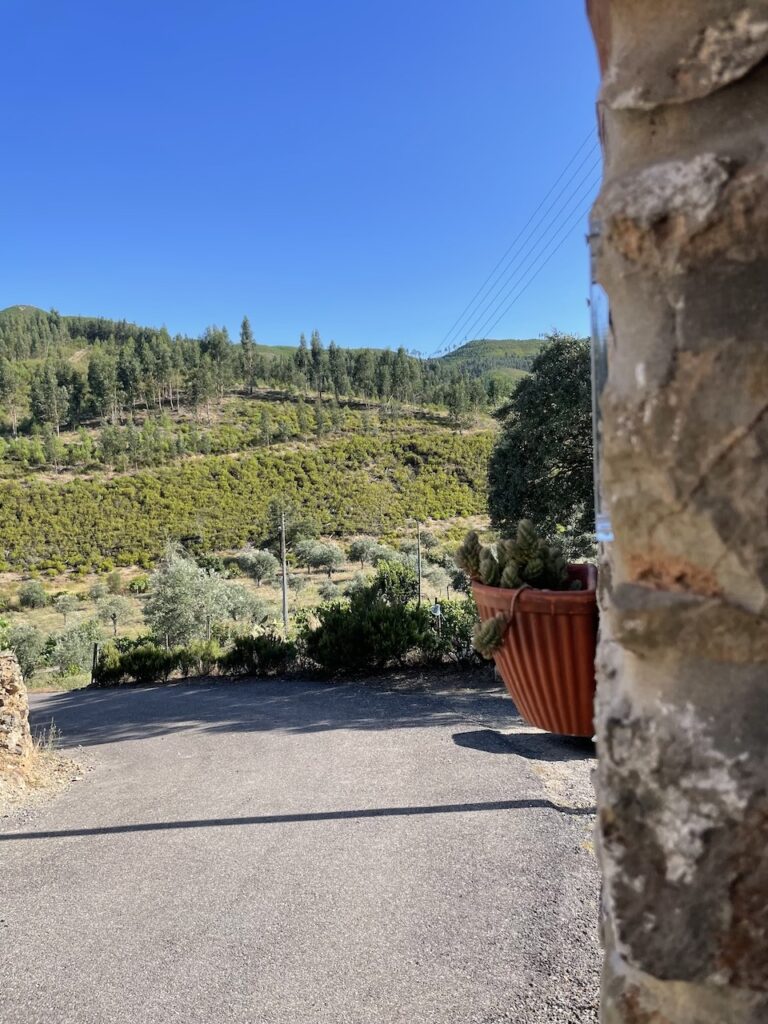
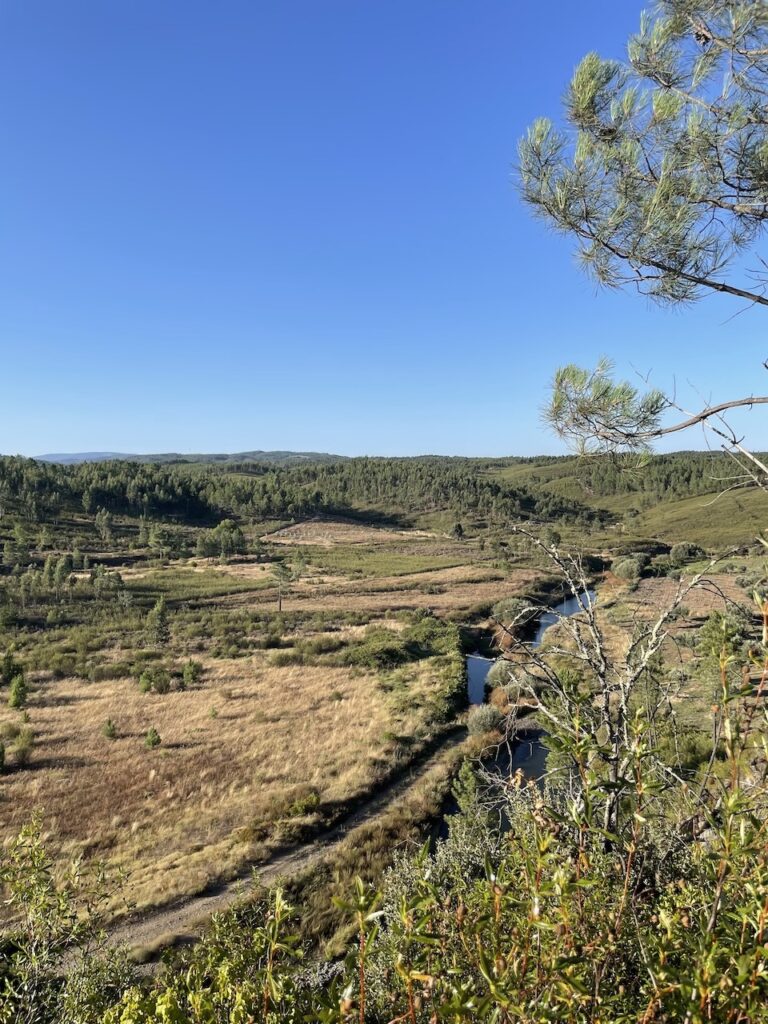
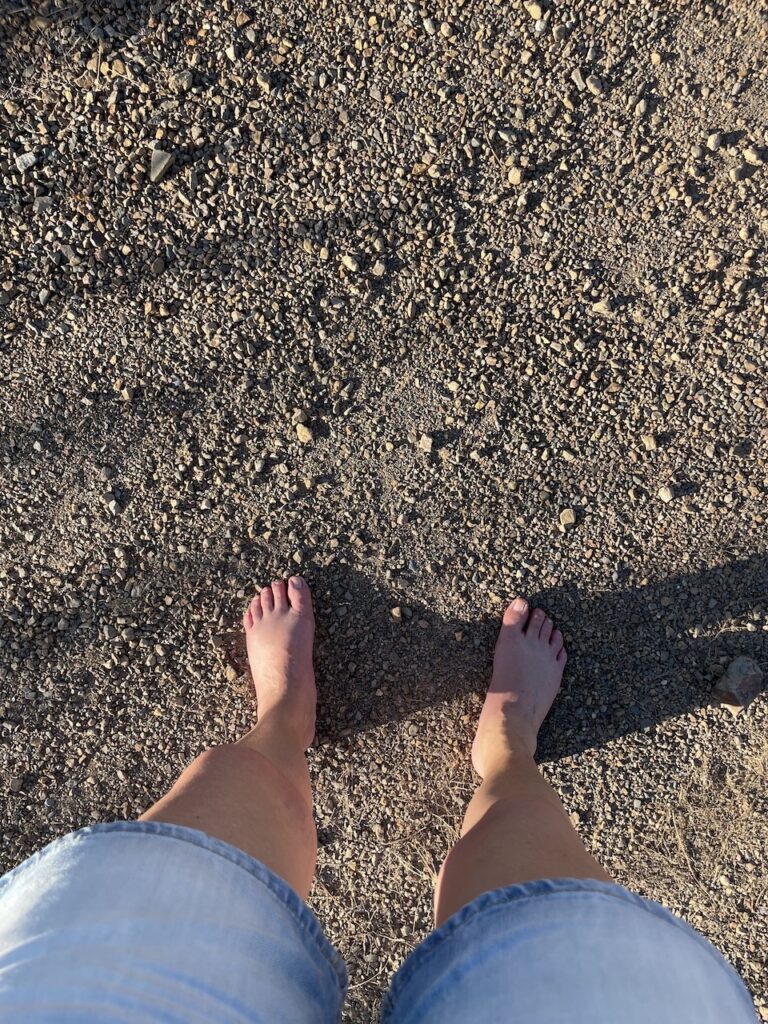
In places like this, when external noise quiets down, the internal volume of what inhabits the mind tends to increase. The previous week had been one of much anxiety and worry. Of course that all of it came to the surface as I walked alone, surrounded by silence. At first, I was angry with myself for being in such a privileged place and, instead of enjoying it, letting myself be overwhelmed by a succession of stories and worries. Then, forcing myself to take a few deeper breaths, I decided that, instead of following the flood of drama my head tends to create, I would take the opportunity to do an internal purge and leave behind all those mental habits that weren’t helping me move forward.
As I moved further into the mountains, I practiced the exercise of, instead of following my mind into catastrophic future imaginations, choosing to feel my feet touching the ground with each step, becoming aware of my body’s weight sinking into the earth, and listening carefully to the sound of each of the dozens of birds that passed by me. I recalled one of the many lessons from my meditation practice: we can always choose where to place our best attention.
By giving it time and allowing myself space, nature always has the power to calm me down. The natural and wild world, where everything is present, everything is now, and nothing exists beyond the current moment, reminds me that the future I create in my imagination is just that: imagination! And that I have the great gift of being able to imagine (and, consequently, create) different scenarios much more aligned with what I dream for my future. The good news is that this is a gift common to all human beings.
The next day I woke up early as usual, and, breathing in that earthy, green scent, the last thing I wanted to do was leave. Before departing, I promised myself to return later this summer. Then I headed to another magical stop where, thanks to the cancellation that offered me more time to slow down, I encountered an elderly lady with a wonderful life story, I had the privilege to hear.
I’ll leave it for the next post!



